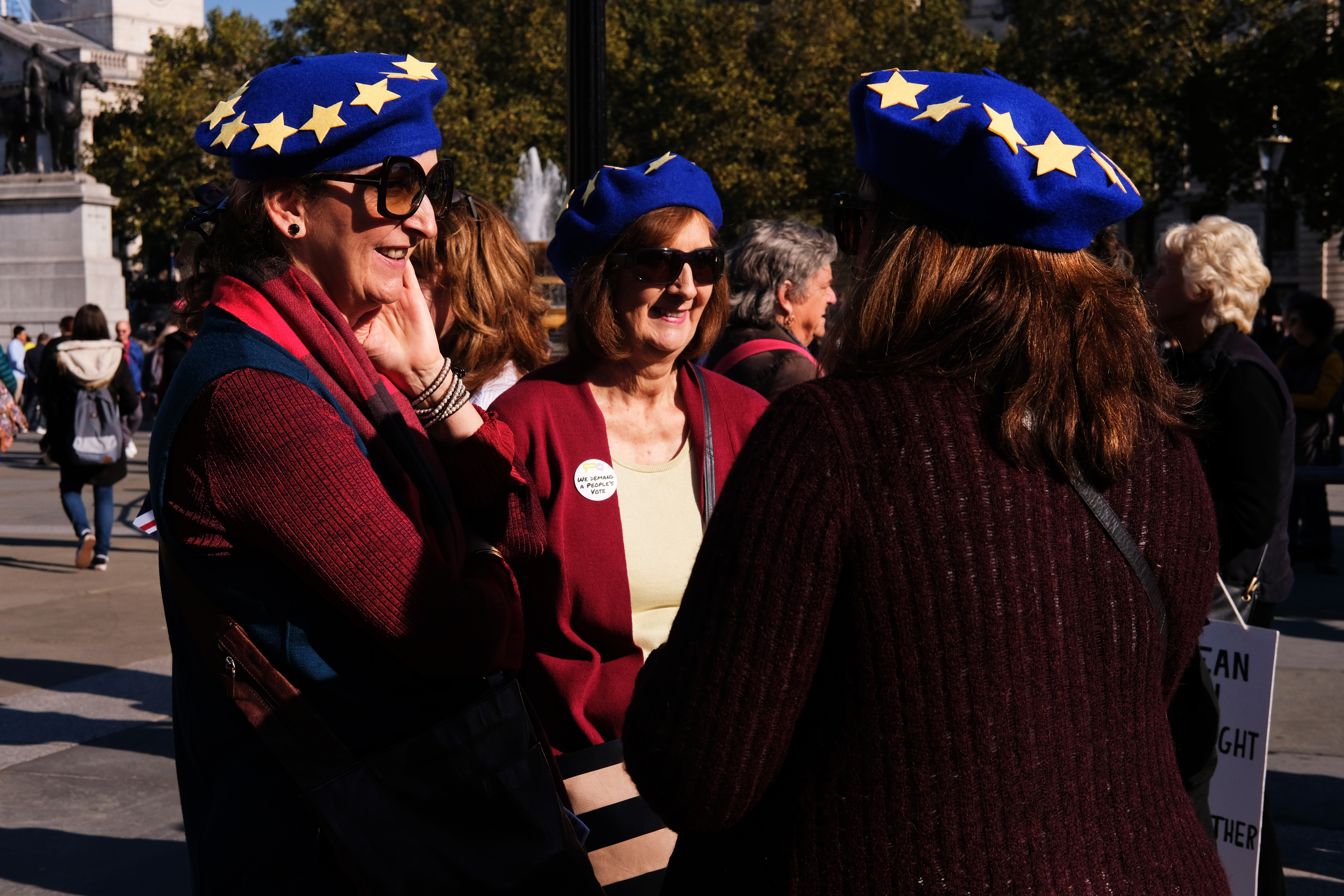Last Updated on 12/27/2018 by Dan Ginn
As my relationship with the act of recording moments strengthens, I ask myself if photo editing is something I want to do, or rather something I have to do.
Photo editing has become synonymous with the process of taking photos. No matter what photographic genre you practice, the likelihood is that after each shoot you load up your images and start making adjustments. Whether it’s a slight tweak to the highlights or a big pump in contrast, the editing room is where you bring your photo to life. But why? Why are so many of us conditioned to think a photo isn’t a photo until it has been processed in post-production? I decided to free myself of the editing shackles and I haven’t looked back since. Here’s what I’ve learned.
Getting it Right in Camera Is Important
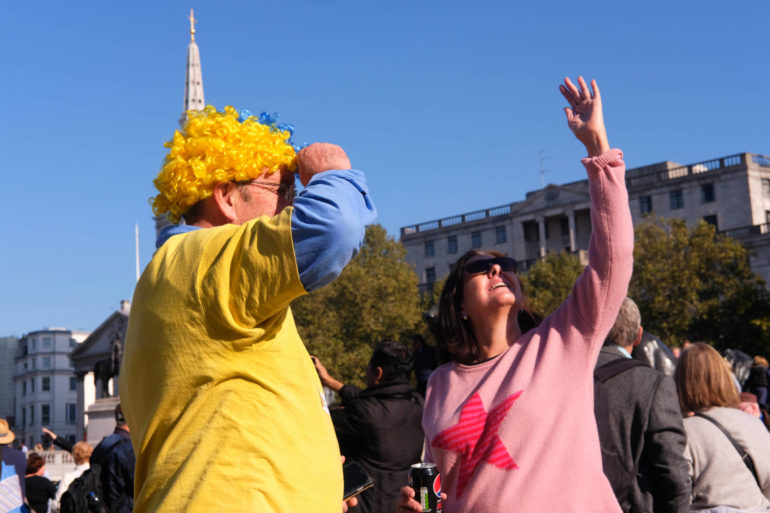
A time-served photographer will tell you to get it right in camera. They are from a generation that did not have the same privileges as today’s photographic world. Whilst editing still happened in the darkroom, they did not have the same high-tech tools given to us by the likes of Capture One for example. That’s why they had to ensure they had a good exposure at the point of taking the frame. If they got it wrong, it was a waste of film, and more so, a waste of money.
In today’s generation, a lazy mentality has begun to take hold. Many photographers (including myself) are guilty of having the thought process of, “I’ll just sort it out later in post-production.” Quite often the results are over manipulated, mediocre photographs that should have been cut from the final selection.
Since making the decision to minimize my editing time, I have become increasingly aware of my approach whilst shooting. For example, if it’s bad lighting, I’m not taking the shot. The same is said if I can’t get close enough; I want to crop in camera, not on my laptop. Having this approach is making photography more enjoyable. It’s a fun challenge aiming to get a good, compelling photograph, without relying on editing software to help me.
A Minimalist Approach to Photography
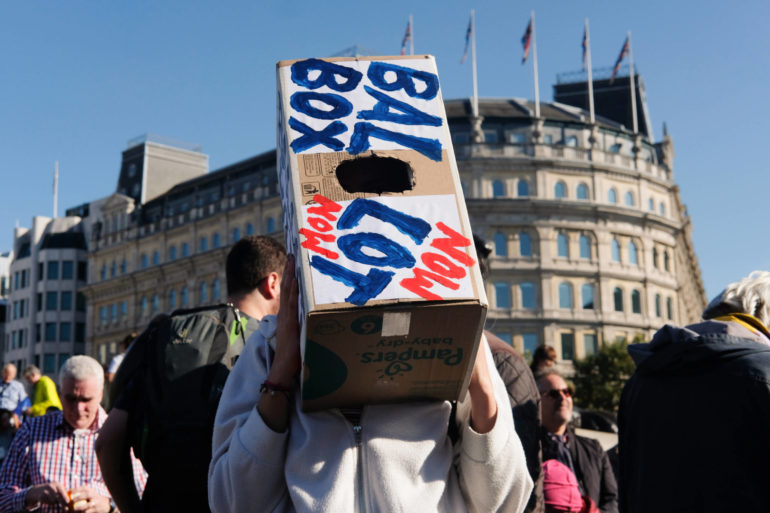
I’m someone that has totally gotten on board with a minimalist approach to life. Naturally, this has transferred to my photographic world. I recently sold all my Nikon gear’ two bodies and five lenses. Now I have a Fuji XT2 with a 35mm lens. That is all I need and that is all I want. I have done the same with my editing software too, saying goodbye to Lightroom and now only using a basic editing tool that works perfectly on my Chromebook.
Some purists may argue I shouldn’t edit at all, but I ‘m not that strict – yet. Rather I have gone for a more simplified approach to the process. Previously I would spend hours upon hours editing my images. From the colour in the shadows to obsessively tweaking the tonal curve, I would spend so much time over-thinking the final image. Now I only touch the basics. If I need to up the exposure by a few stops, no problem. Maybe add some slight vibrancy or contrast. But if I have to spend more than a couple of minutes with an image, then it goes straight into the bin.
The biggest benefit to scaling back on photo editing is that I have more time to shoot. For a street photographer, it is imperative we spend as much time on the streets as possible. This gives us more opportunity to capture compelling moments – something we can’t do if we’re wasting time trying to rescue an image.
We Have Lost the Meaning of Photo Editing
There was a time when photo editing stood for something. It was a way for a photographer to stamp their signature on their work. A well-done edit would make a photographer stand out from the crowd. All of that seems to have been lost in recent times. Which brings me to the topic of presets.
Presets have become a lucrative form of income for many photographers. The more established photographer can easily charge hundreds of dollars to those that want to replicate there images. The result of this is that many photo streams are almost identical to the other. Take a look…
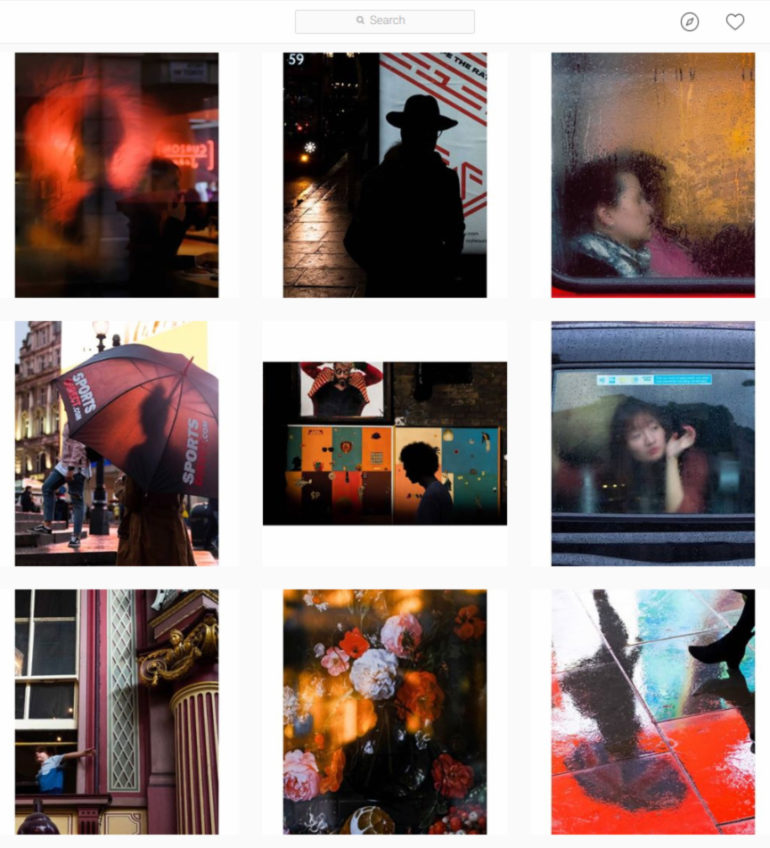
Jonny Sharp @jmpsharp
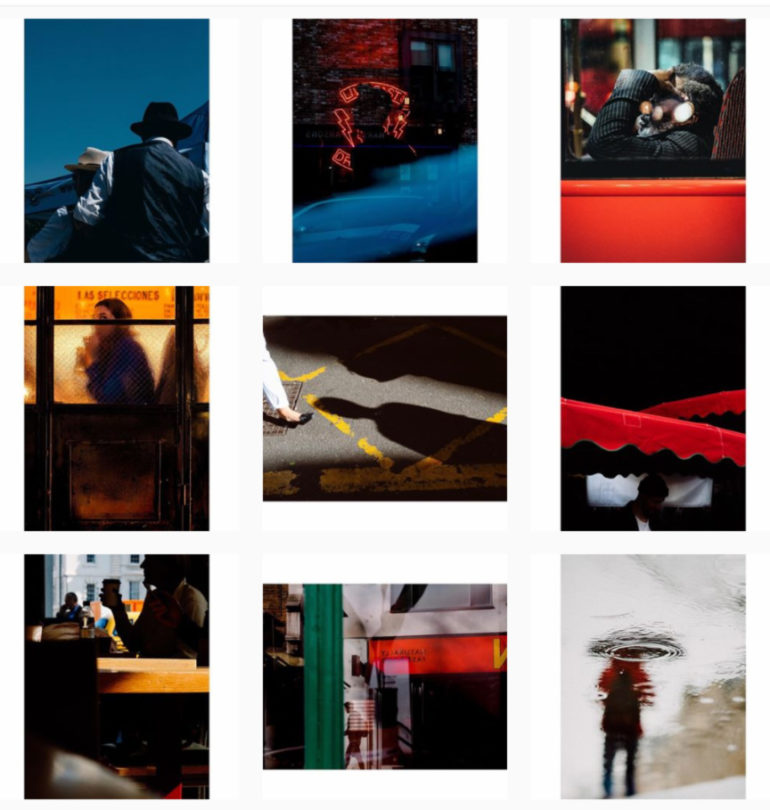
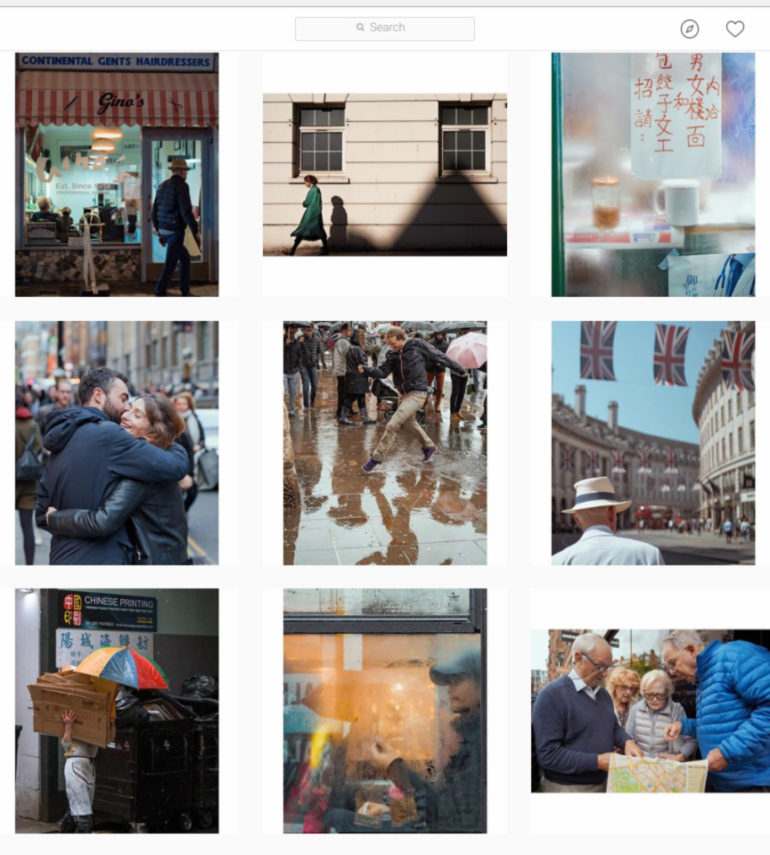
You would be forgiven for thinking they were all taken by the same photographer. However, these are the feeds of the different photographers, all making images almost identical to each other. It seems that rather than making authentic photographs, with an editing process that is unique to them, they prefer to go for the “popular vote” when it comes to what the photographic audience likes. These are just three examples; there are countless more using the same approach. They are popular too, with many of these like-for-like accounts gaining thousands of followers and likes.
You may call it sour grapes, but I question if the viewer is actually a lover of the style, rather than appreciating the artists’ own approach to photography.
More Respect for the Art of Taking Photographs

Whilst the two go hand in hand, I have tried to see taking photos and photo editing as separate entities. Taking a photograph, or at least a decent one, is extremely hard. The craft should be respected and our relationship with it should be deep and meaningful. I ask myself when I first decided to embark on this wonderful world of photography, “What did I want to be?” Did I want to be a photographer or a re-toucher? The answer, of course, is the former, and I suspect that is the same of many of you reading this.
So, let’s challenge ourselves to be better photographers. Let us allow ourselves the opportunity to grow further into our in-camera creative process, finding a way to better understand how to make good images. That’s what I want to do. I want to improve and learn with each image that I take. I want to be a proud photographer, confident in my natural abilities to take a good photograph.
All that I ask is, who’s with me?
Dan Ginn is a UK based street photographer and writer. Learn more about him via his website and Instagram.


